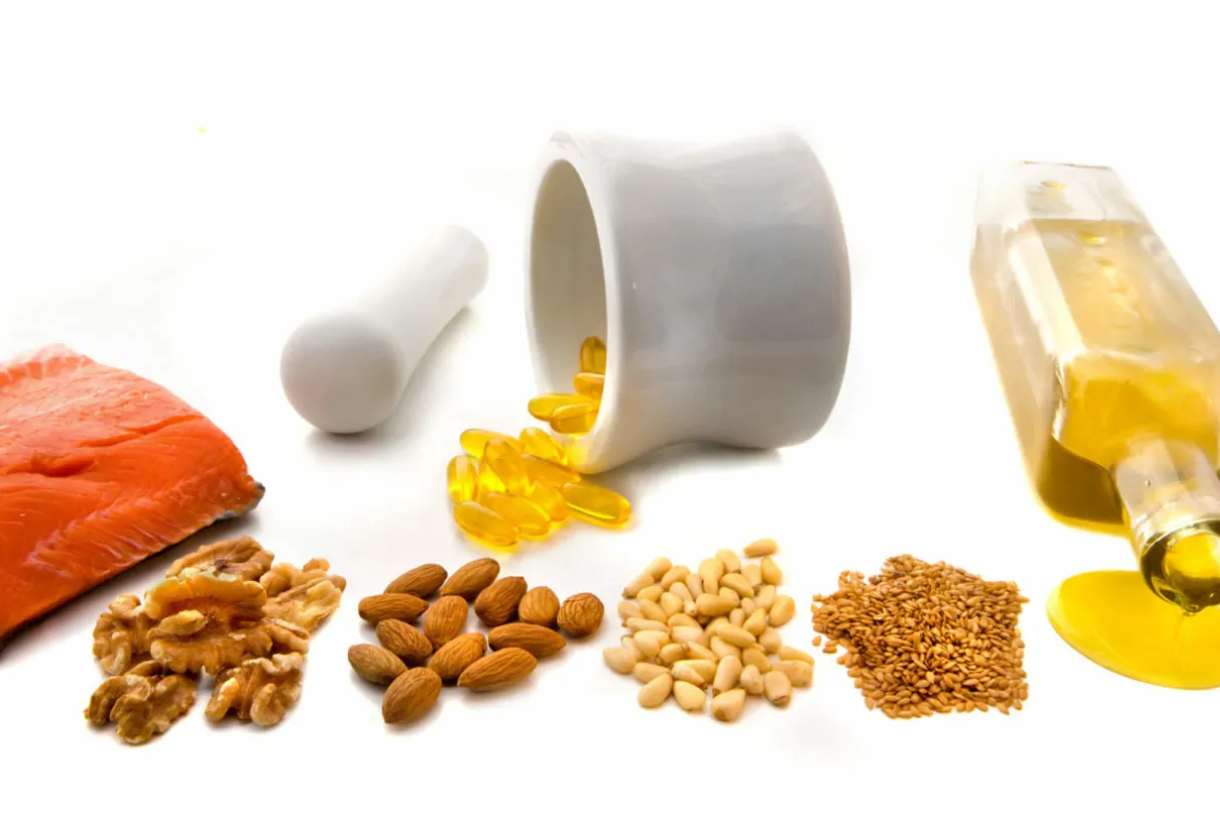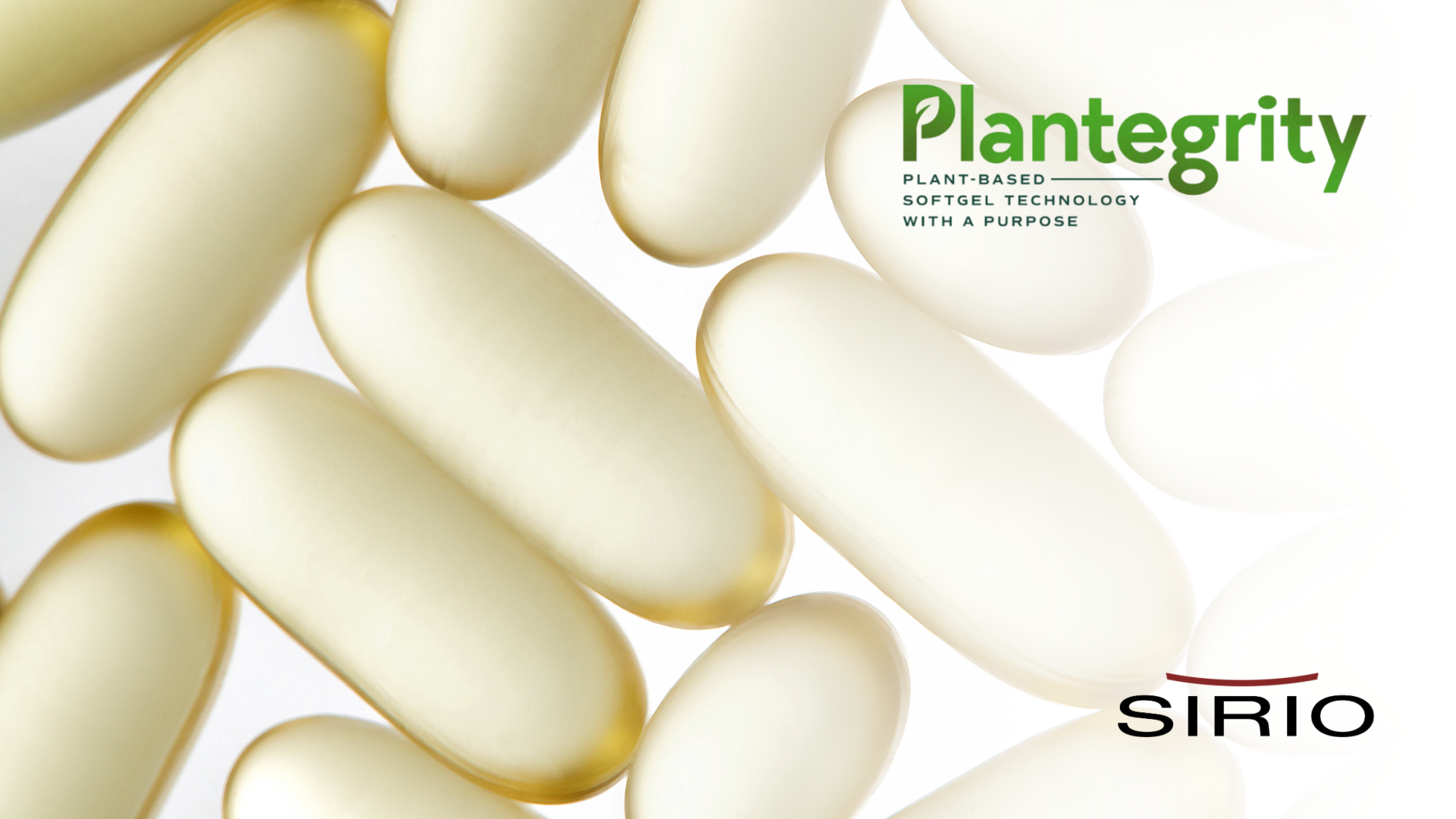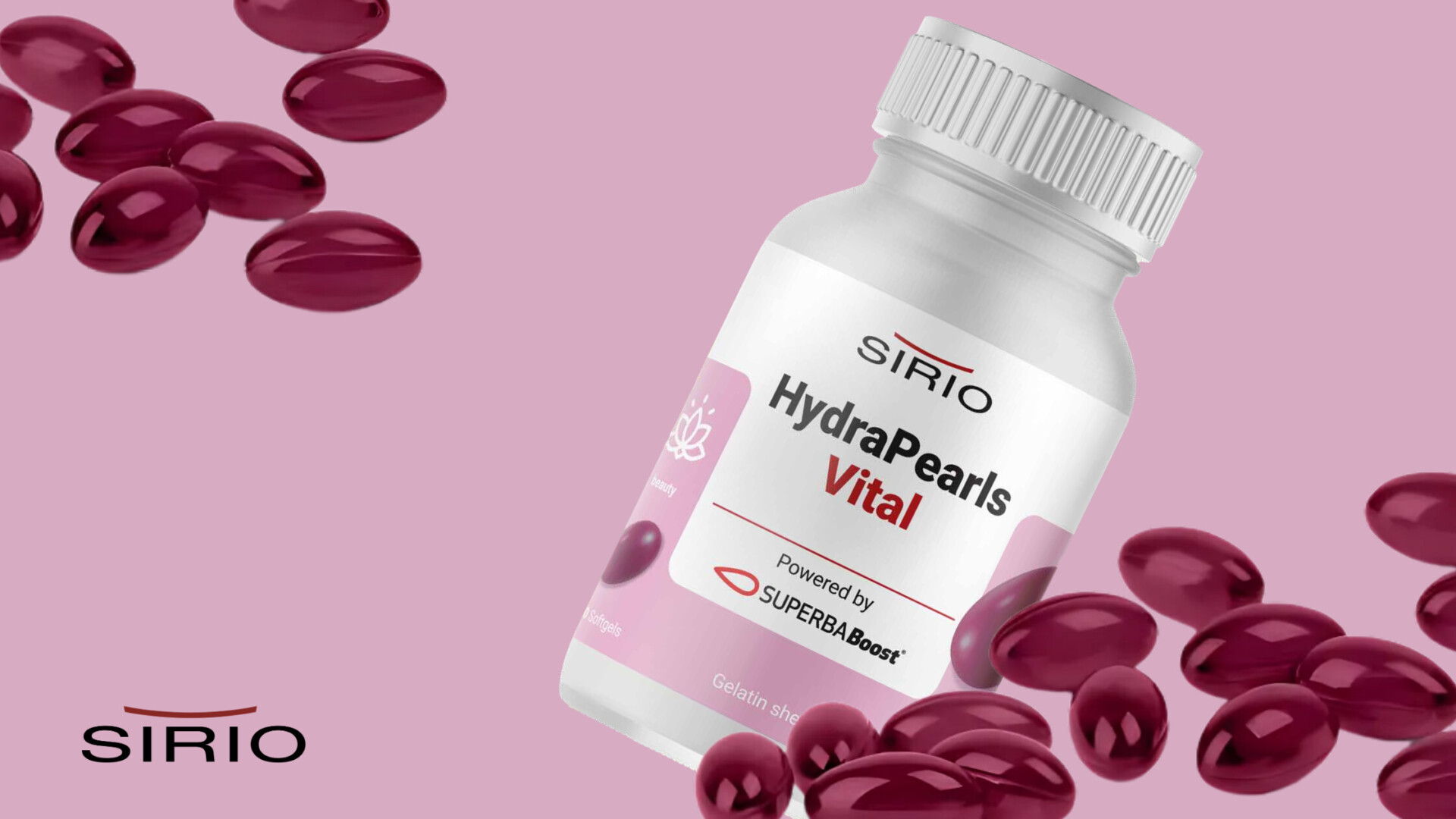
22/07/21

Polyunsaturated Fatty Acids:Omega-3s and Omega-6s
What are Polyunsaturated Fatty Acids – PUFAs?
PUFAs are essential fatty acids meaning they cannot be produced by the body1. Required for the growth, development and normal functions of the body at all stages of life1.
There are two main types of PUFAs1:
- Omega-3s: mainly EPA eicosapentanoic acid, DHA docosahexaenoic acid and ALA α-linolenic acid.
- Omega-6s: mainly LA linoleic acid and GLA gamma-linolenic acid.
What do they do?
- Omega-3s as well as omega-6s play a role in cardiovascular health and brain development1.
- Omega-3s, especially EPA and DHA, have proven benefits for metabolic health, vision, anti-inflammatory response, joint health and mood1,2.
- The ideal range for the omega-6:omega-3 ratio is 3:1 to 5:1. A good omega-3/omega-6 ratio has been shown to protect from many cardiovascular diseases3.
Balance of omega-3 & 6 is key for normal immune function and cardiac protection1,3
EFSA-Claims4
- ALA and LA – needed for normal growth and development of children and breastfed infants (2 g of ALA and a daily intake of 10 g of LA). ALA – contributes to the maintenance of normal blood cholesterol levels (2 g daily).
- DHA – contributes to the maintenance of b> (2 g daily), the normal brain development and development of the eye of the foetus and breastfed infants (200 mg daily), the maintenance of normal brain function and normal vision (250 mg daily).
- Combination EPA/DHA – contributes to the maintenance of normal blood pressure and triglycerides levels (3 g daily of EPA and DHA) and normal function of the heart (250 mg daily).
Sources of Omega-3 and Omega-6 in common encapsulated oils

SOME HIGHLIGHTS
Omega-3 and the brain
DHA is found in high in the gray matter of the brain and retina, where it is linked to better development and function by maintaining membrane fluidity14,15.
Omega-6 and the skin
LA is incorporated into skin ceramides, which is essential for skin hydration, softness and elasticity16. GLA is also linked to improvement of skin function, atopic dermatitis and rosacea16,17,18.
References
- 1 Saini R.K. et al., Omega-3 and omega-6 polyunsaturated fatty acids: Dietary sources, metabolism, and significance — A review, Life Sciences 203 (2018) 255–267.
- 2 Punia S. et al., Omega 3-metabolism, absorption, bioavailability and health benefits–A review, PharmaNutrition 10 (2019) 100162.
- 3 Candela G. et al., Importance of a balanced omega 6/omega 3 ratio for the maintenance of health. Nutritional recommendations, Nutr Hosp. 2011;26(2):323-329.
- 4 EU Register of nutrition and health claims made on foods (v.3.6)
- 5 Xie D. et al., Antarctic Krill (Euphausia superba) Oil: A Comprehensive Review of Chemical Composition, Extraction Technologies, Health Benefits, and Current Applications, Comprehensive Reviews in Food Science and Food Safety 18(2):514-534, 2019.
- 6 Iciar Astiasarán, Diana Ansorena, Chapter 19 – Algal Oils, Editor(s): Robert A. Moreau, Afaf Kamal-Eldin, Gourmet and Health-Promoting Specialty Oils, 2009, 491-513, ISBN 9781893997974.
- 7 Ansorena, D. and I. Astiasarán. Development of nutraceuticals containing marine algae oils, 2013.
- 8 USDA National Nutrient Database for Standard Reference.
- 9 Harwood J., Algae: Critical Sources of Very Long-Chain Polyunsaturated Fatty Acids, Biomolecules 2019, 9, 708.
- 10 Cholewski M. et al., A Comprehensive Review of Chemistry, Sources and Bioavailability of Omega-3 Fatty Acids, Nutrients 2018, 10, 1662.
- 11 Samani M. et al., The chemical composition, botanical characteristic and biological activities of Borago officinalis: a review, Asian Pac J Trop Med 2014; 7: S22-S28.
- 12 Eskin M., Borage and evening primrose oil, Eur. J. Lipid Sci. Technol. 2008, 110, 651–654.
- 13 Kiralan M. et al., Fatty acid composition of hempseed oils from different locatins in Turkey, Spanish Journal of Agricultural Research 2010, 8(2), 385-390.
- 14 Xue Z. et al., Development Prospect and Preparation Technology of Edible Oil From Microalgae, Front. Mar. Sci. 7: 402.
- 15 Calder P., The DHA content of a cell membrane can have a significant influence on cellular behaviour and responsiveness to signals Ann Nutr Metab 2016; 69:8–21.
- 16 Timoszuk M. et al., Evening Primrose (Oenothera biennis) Biological Activity Dependent on Chemical Composition, Antioxidants 2018, 7, 108.
- 17 Simon, D., et al. Gamma-Linolenic Acid Levels Correlate with Clinical Efficacy of Evening Primrose Oil in Patients with Atopic Dermatitis. Adv Ther 31, 180–188 (2014).
- 18 Kim H. J. et al., A Randomized, Placebo-Controlled Trial of Gamma Linolenic Acid as an Add-on Therapy to Minocycline for the Treatment of Rosacea, Ann Dermatol. 2020, 32(6):466-472.
- 19 EFSA – Scientific Opinion on Dietary Reference Values for fats (EFSA NDA Panel, 2010).
- 20 Sioen et al., Systematic Review on N-3 and N-6 Polyunsaturated Fatty Acid Intake in European Countries in Light of the Current Recommendations – Focus on Specific Population Groups. Ann Nutr Metab. 70(1): 39–50, 2017.
- 21 National Institutes of Health, Office of Dietary Supplements, Omega-3 Fatty Acids, Fact Sheet for Health Professionals, 2021.
Related articles

SIRIO Awarded EcoVadis Silver Rating for Dual Industrial Parks Ranking Among Global Top 15%

CPHI 2025: 4 Key Trends Shaping the Nutraceutical Landscape

Talking, tasting, innovating: SIRIO shares behind-the-scenes highlights from its innovation summit

SIRIO brings in-demand magnesium concepts to CPHI Frankfurt with newly-expanded X Mg range

Meet Plantegrity®: Plant-Based Softgel Technology Driving Innovation
